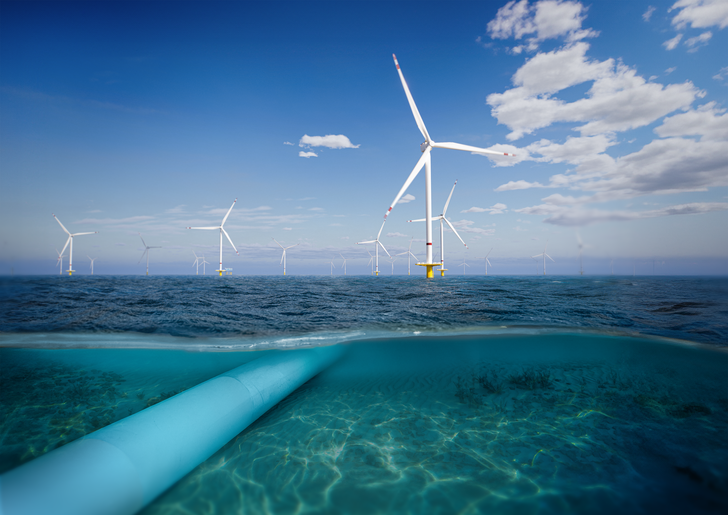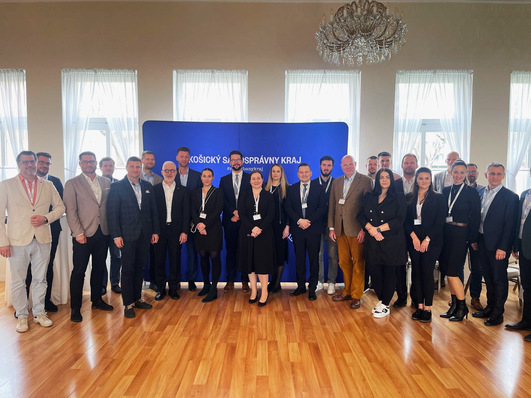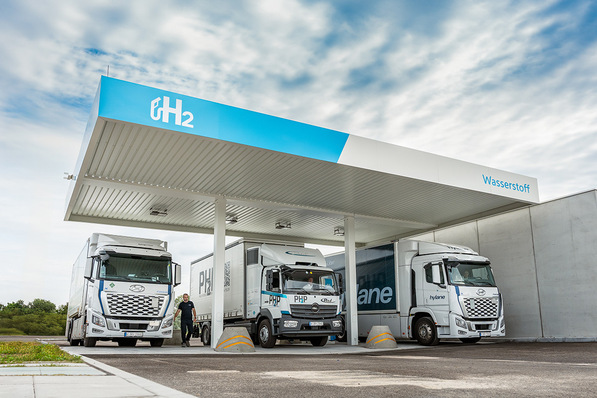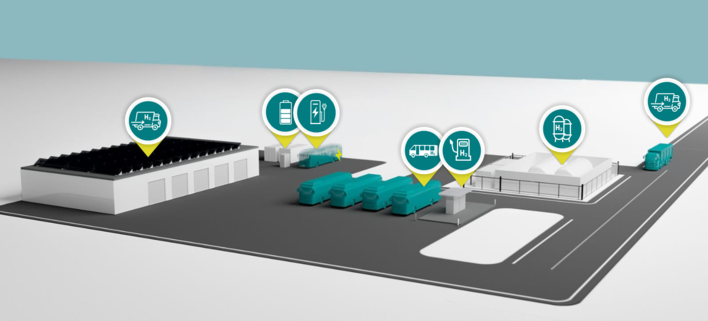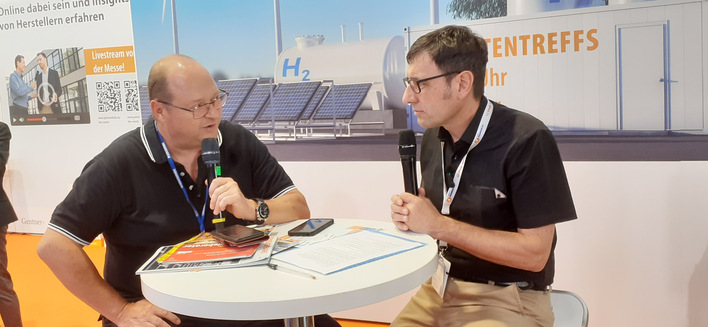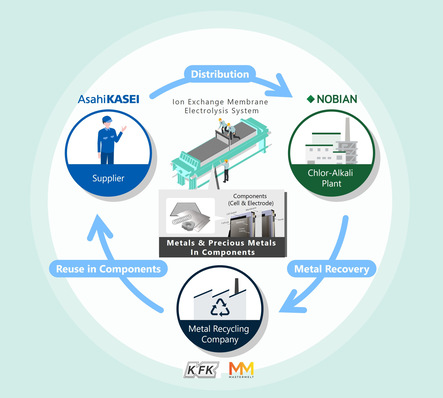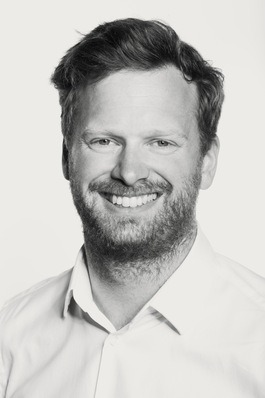In a position paper, the “Wasserstoffachter” points out that the timeline of Germany’s maritime spatial development plan (Flächenentwicklungsplan, FEP) conflicts with the amendments to the Offshore Wind Energy Act (Windenergie-auf-See-Gesetz) outlined in the coalition agreement. The current FEP provides for electricity-only grid connections in zones 4 and 5 of Germany’s Exclusive Economic Zone (EEZ). However, the coalition agreement stipulates that, in order to increase cost efficiency, part of the offshore wind energy should be converted into hydrogen at sea and transported to shore via pipeline through the national hydrogen core network (H2-Kernnetz). If spatial planning continues without the option for combined electricity and hydrogen transport, the associations warn of “legal uncertainties and significant additional planning efforts, potentially resulting in multi-billion-euro costs and even compensation claims.”
Signatories of the position paper include, in addition to the initiator AquaVentus, the associations BEE, BDEW, BWO, DWV, DVGW, FNB Gas, as well as the regional agencies EEHH, EESH, Energieküste SH, HYPOS, WAB, the VDMA association, and the IG Metall trade union (Coastal District).
“By optimizing the combination of electricity and hydrogen infrastructure, costs can be reduced, grid congestion minimized, and the efficiency of offshore wind energy maximized,” the joint statement reads. The position paper emphasizes the benefits of hybrid connection concepts: they enable a cost-effective integration of offshore wind power and hydrogen production at sea. Through intelligent sector coupling, electricity generation can be used flexibly, redispatch measures and curtailment can be reduced — and hydrogen can be produced when electricity prices are low.
The currently debated blanket overbuilding and curtailment of wind farms could “potentially lead to operational and macroeconomic risks as well as revenue losses, and may run counter to the intended goals of cost savings and increased efficiency,” the associations warn. Jörg Singer, Chairman of AquaVentus, states: “We need to remove ideological blinders. Energy carriers must not be played off against each other. Neither premature legislation nor one-sided planning assumptions should result in preconditions that jeopardize the cost-efficient implementation of the energy transition.”
Robert Seehawer, Managing Director of AquaVentus, adds: “The best business case for wind power is hydrogen — and vice versa. Hydrogen from the remote areas of the North Sea (zones 4 and 5 of the EEZ) is the key to completing the energy transition. With the construction of the AquaDuctus pipeline, the first step has been taken. The next step must be the designation of areas near the pipeline and the development of offshore hydrogen hubs.”
The Flächenentwicklungsplan, which is scheduled to enter its next consultation phase in 2026, must therefore be designed in a technology-neutral manner, the associations demand.
The “Wasserstoffachter” initiative was founded in 2021 with eight members and advocates for stronger integration of offshore electrolysis into maritime spatial planning. „Achter“ refers to the German word for an eight person racing shell. Although the initiative has since grown, it has retained its original name. AquaVentus aims to produce one million tonnes of green hydrogen per year from offshore wind energy in the North Sea and transport it to shore via pipeline.


